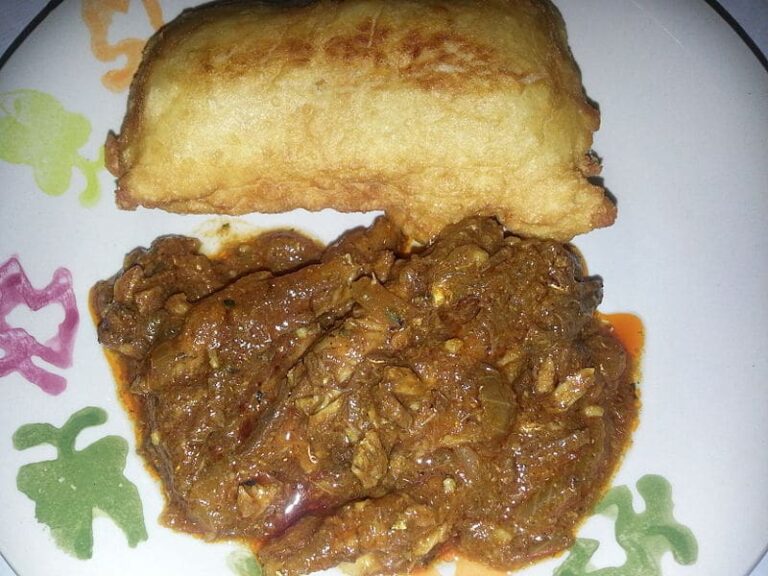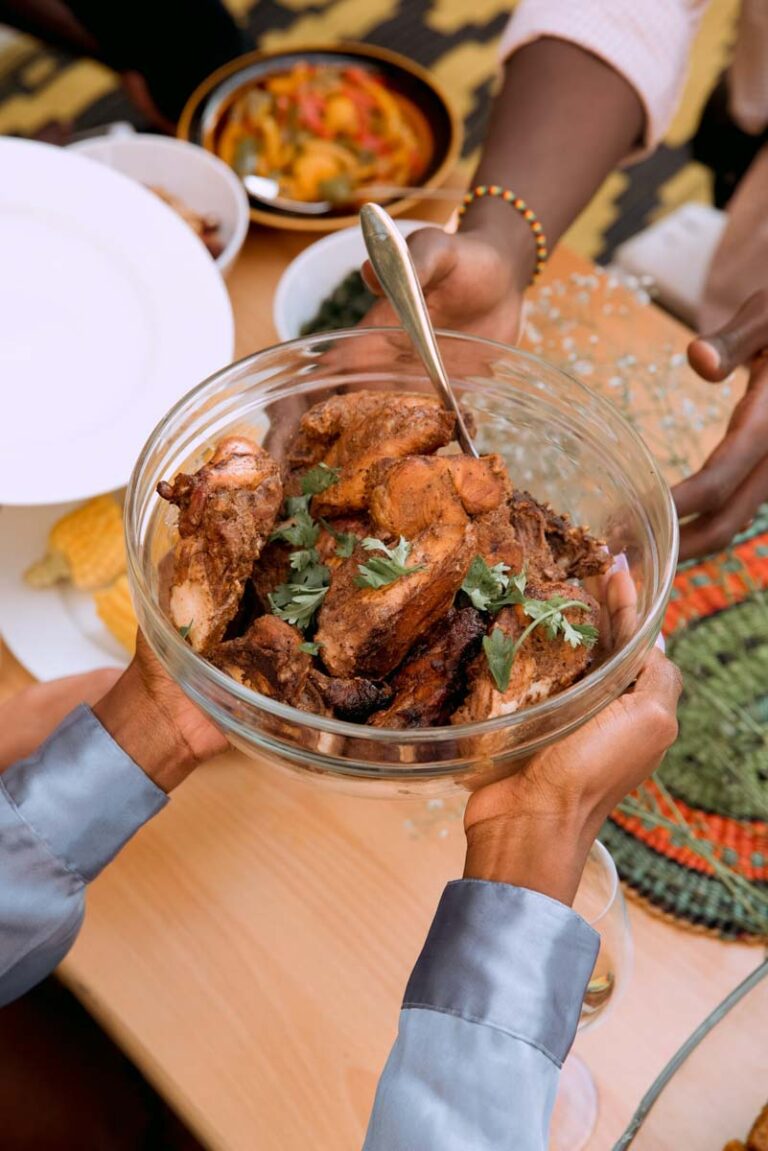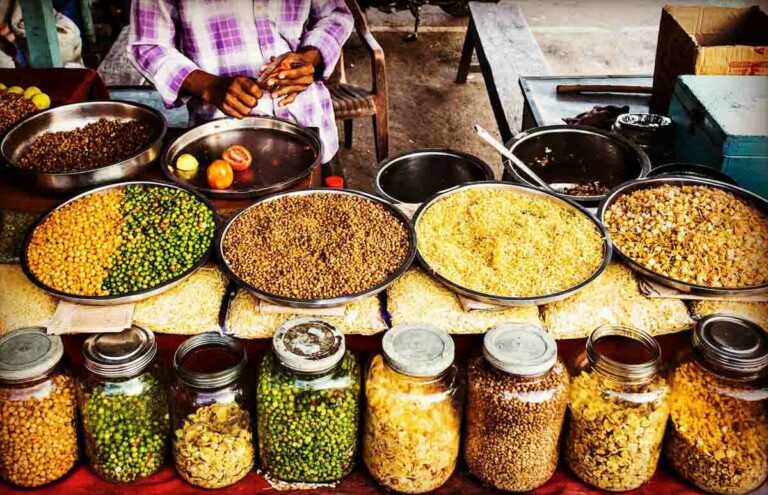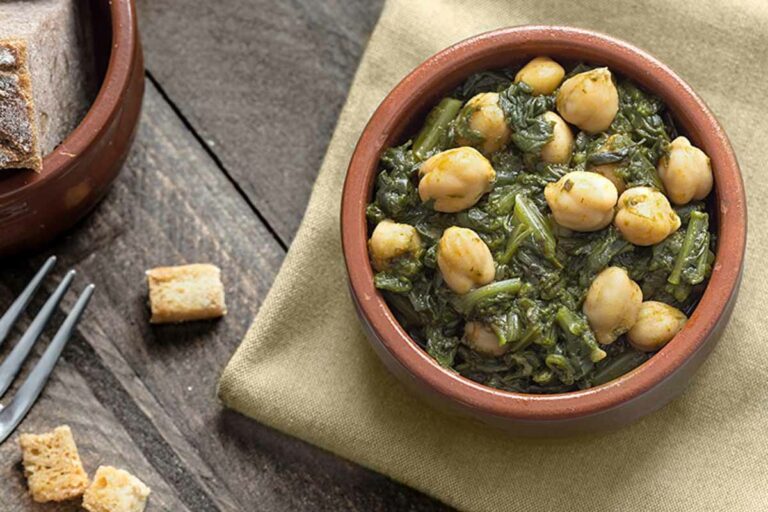Introduction to Botswana cuisine
Botswana cuisine is a blend of traditional African and European flavors. This Southern African country is known for its rich cuisine, which involves a variety of meats, grains, and vegetables. Botswana’s cuisine has been influenced by the land and environment, as well as the people who have inhabited the region over the centuries. Some of the most popular ingredients in Botswana dishes include sorghum, maize, meat, beans, and vegetables.
Common ingredients used in Botswana dishes
Botswana cuisine is characterized by a variety of staple foods, including sorghum, maize, millet, beans, and vegetables. Meat, particularly beef and goat, is also a significant part of Botswana’s cuisine. The traditional way of cooking meat in Botswana is by roasting it over an open fire. Other common ingredients used in Botswana dishes include tomatoes, onions, peppers, and spices such as ginger, garlic, and curry powder.
Religious dietary restrictions in Botswana
Botswana is a predominantly Christian country, and so many of the religious dietary restrictions revolve around the Christian faith. For example, during Lent, many Christians abstain from eating meat. It is also common for some Christian households to avoid eating pork. However, there are no significant dietary restrictions for non-Christians in Botswana.
Traditional food customs in Botswana
In Botswana, sharing food is an important aspect of the culture. It is customary to share food with guests, and the host is expected to provide enough food for everyone. In many villages, traditional foods are cooked on an open fire, which is a communal activity. The meal is often served in a large bowl, and everyone eats with their hands.
Cultural significance of food in Botswana
Food plays a significant role in Botswana’s culture. Many traditional foods are associated with special occasions, such as weddings and funerals. Meat is often reserved for these special occasions, and it is a symbol of wealth and status. Traditional foods are also used to celebrate harvests, births, and other important events in the community.
Vegetarian and vegan options in Botswana
Vegetarian and vegan options are available in Botswana, but they are not as common as meat-based dishes. It is possible to find vegetarian dishes such as vegetable stew and bean dishes in some restaurants. However, it is essential to communicate any dietary restrictions to the chef or server to ensure that the meal is prepared appropriately.
Allergies and food intolerances in Botswana
Allergies and food intolerances are not well understood in Botswana, and it is unlikely that restaurants will have special menus to accommodate specific dietary restrictions. It is essential to communicate any allergies or food intolerances to the server or chef to ensure that the meal is prepared safely.
Conclusion and recommendations for Botswana cuisine
Botswana cuisine is rich in flavor and culture. For visitors to Botswana, we recommend trying as many traditional dishes as possible, such as Seswaa, which is a popular meat dish, and Morogo, which is a vegetable dish. Vegetarians and vegans may find it challenging to find suitable options, but it is possible to enjoy some traditional dishes by communicating with the server or chef. It is essential to communicate any dietary restrictions, allergies, or food intolerances to ensure a safe and enjoyable dining experience.




![Can you recommend some Botswana restaurants in [city]?](https://foodnerdy.com/blog/wp-content/uploads/2023/05/Без-названия-31.jpg)





